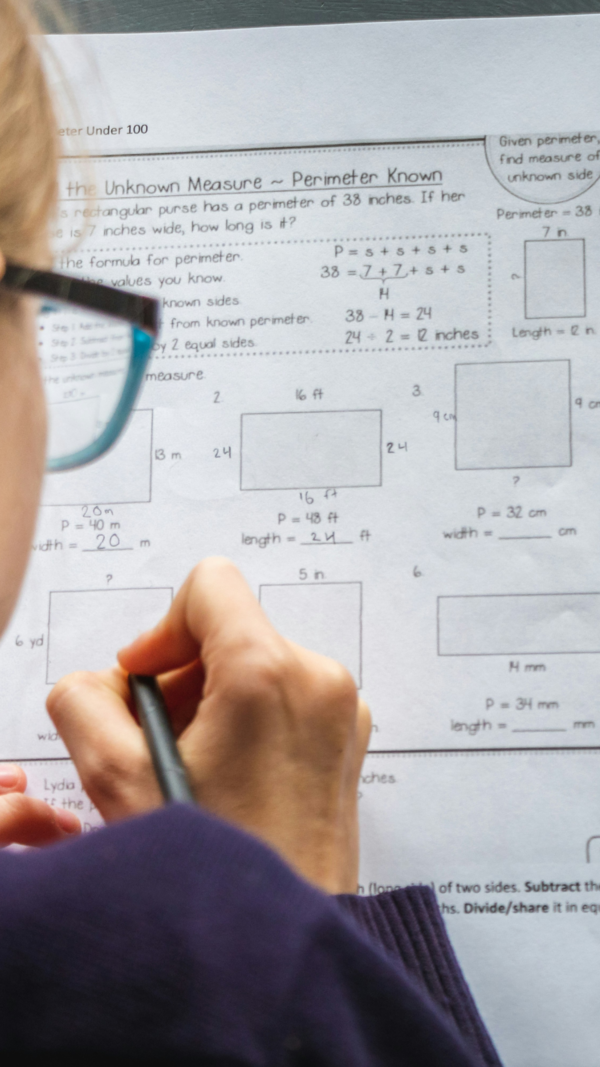- News
- Education News
- Careers News
- MBA News
- CAT 2023 Prep: Master Set Theory for Quantitative Success
Trending
This story is from November 16, 2023
CAT 2023 Prep: Master Set Theory for Quantitative Success
Prepare for CAT 2023 with mastery in Set Theory, a crucial aspect of Quantitative Ability. This article offers insights into the CAT exam pattern, emphasizing the importance of Set Theory. Covering basics like sets and Venn diagrams, it provides strategic tips for efficient problem-solving. With a focus on conceptual clarity, regular practice, and time management, aspirants gain confidence and readiness for the upcoming CAT exam on November 26, 2023.

Representative Image.
CAT 2023 Exam Pattern
• Sections: The CAT exam comprises three sections: Verbal Ability and Reading Comprehension (VARC), Data Interpretation and Logical Reasoning (DILR), and Quantitative Ability (QA).
• Question Types: The exam features various question types, including multiple-choice questions (MCQs) and non-MCQs.
• Duration: Candidates have 40 minutes to complete each section, resulting in a total exam duration of 120 minutes.
• Marking Scheme: While the marking scheme includes +3 for a correct answer, -1 for an incorrect MCQ response, and no negative marking for non-MCQs, strategic answering is essential.
Set Theory in CAT: An Overview
Set theory is a branch of mathematics that deals with the collection and manipulation of distinct objects. It is a fundamental concept in mathematics and has applications in various fields, including computer science, logic, and statistics. Here's an overview:
Basics of Sets
• Definitions: Grasp fundamental set terminologies like union, intersection, complement, and subsets.
• Operations: Understand set operations to solve intricate problems efficiently.
• Types of sets: Finite, infinite, null, empty, singleton, subset, universal set
• Operations on sets: Union, intersection, difference, complement
• Properties of sets: Associative, commutative, distributive, identity, idempotent, commutative, De Morgan's laws
Venn Diagrams
• Representation: Learn the art of representing sets using Venn diagrams.
• Applications: Master the application of Venn diagrams to solve real-world problems. Relationships between sets using Venn diagrams (overlapping, non-overlapping, disjoint, subset, superset)
Applications
• Probability: Set Theory plays a pivotal role in probability problems like Counting principle, Probability, Combinatorics and Logic.
• Data Interpretation: Venn diagrams aid in visualizing and solving complex DI questions.
Preparation Tips for Set Theory
Here are some tips for preparing for the set theory section of the CAT exam:
• Conceptual Clarity: Make sure you have a strong understanding of the basic concepts of set theory. This includes the definition of a set, types of sets, operations on sets, and properties of sets. Build a strong foundation by understanding the basic concepts of sets and their operations.
• Practice Regularly: Solve a variety of problems to enhance problem-solving skills. CAT often presents unique scenarios, and regular practice sharpens your ability to tackle them.
• Venn Diagram Proficiency: Practice constructing and interpreting Venn diagrams. This will help you develop a visual understanding of relationships between sets. Since Venn diagrams are frequently used in CAT questions, practice drawing them accurately to visualize relationships between sets.
• Time Management: Given the time constraints in CAT, develop time-efficient strategies for solving set-related problems. Identify shortcuts and quick calculation methods.
• Mock Tests: Incorporate set-related questions into your mock tests. Analyze your performance, identify weak areas, and refine your strategy accordingly.
• Previous Year Papers: Familiarize yourself with the CAT exam pattern by solving previous year papers. This not only boosts confidence but also provides insights into the types of questions asked.
For further updates and information related to the CAT 2023 examination, candidates are advised to keep checking the official website of the same.

About the Author
Sanjay SharmaEnd of Article
FOLLOW US ON SOCIAL MEDIA









